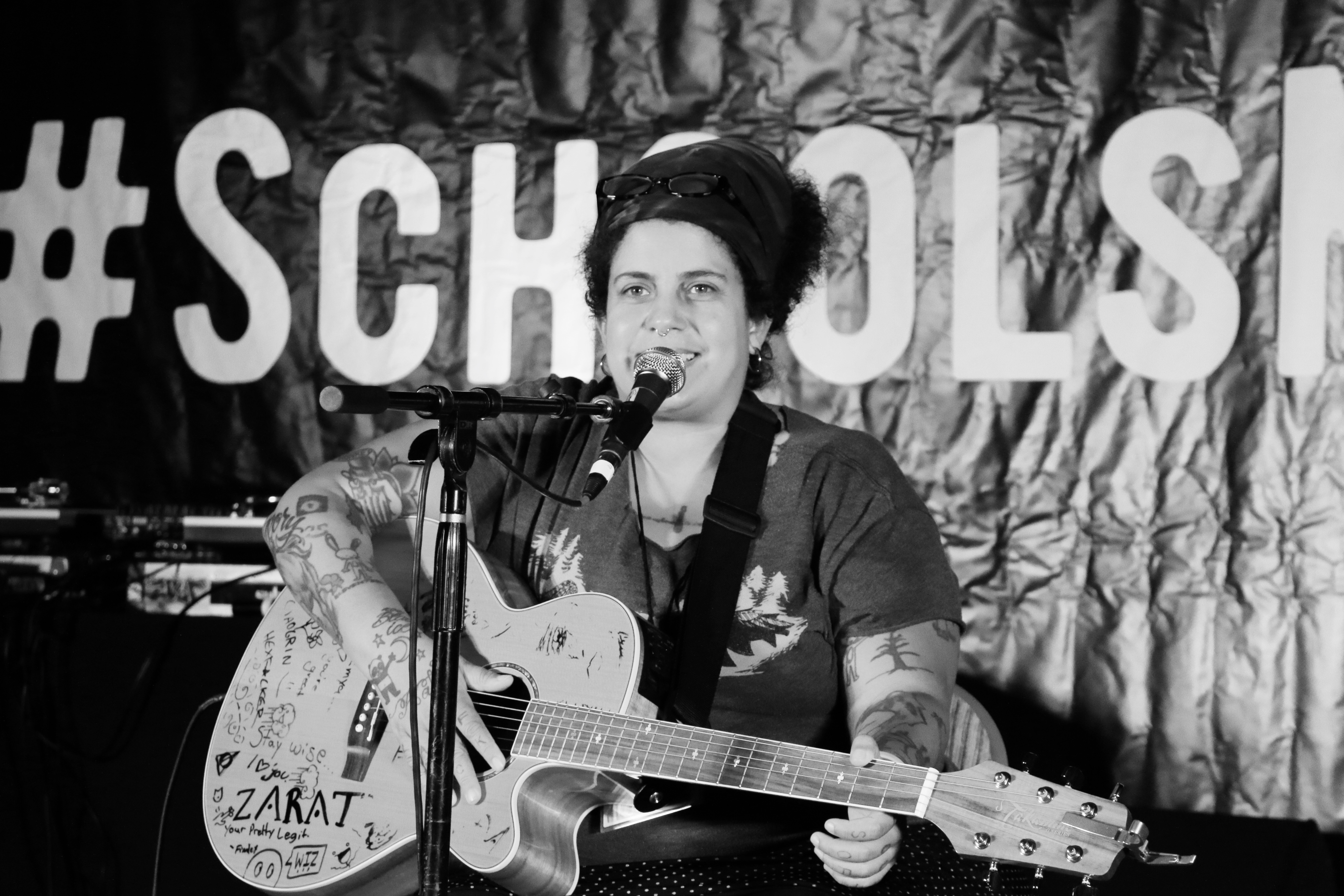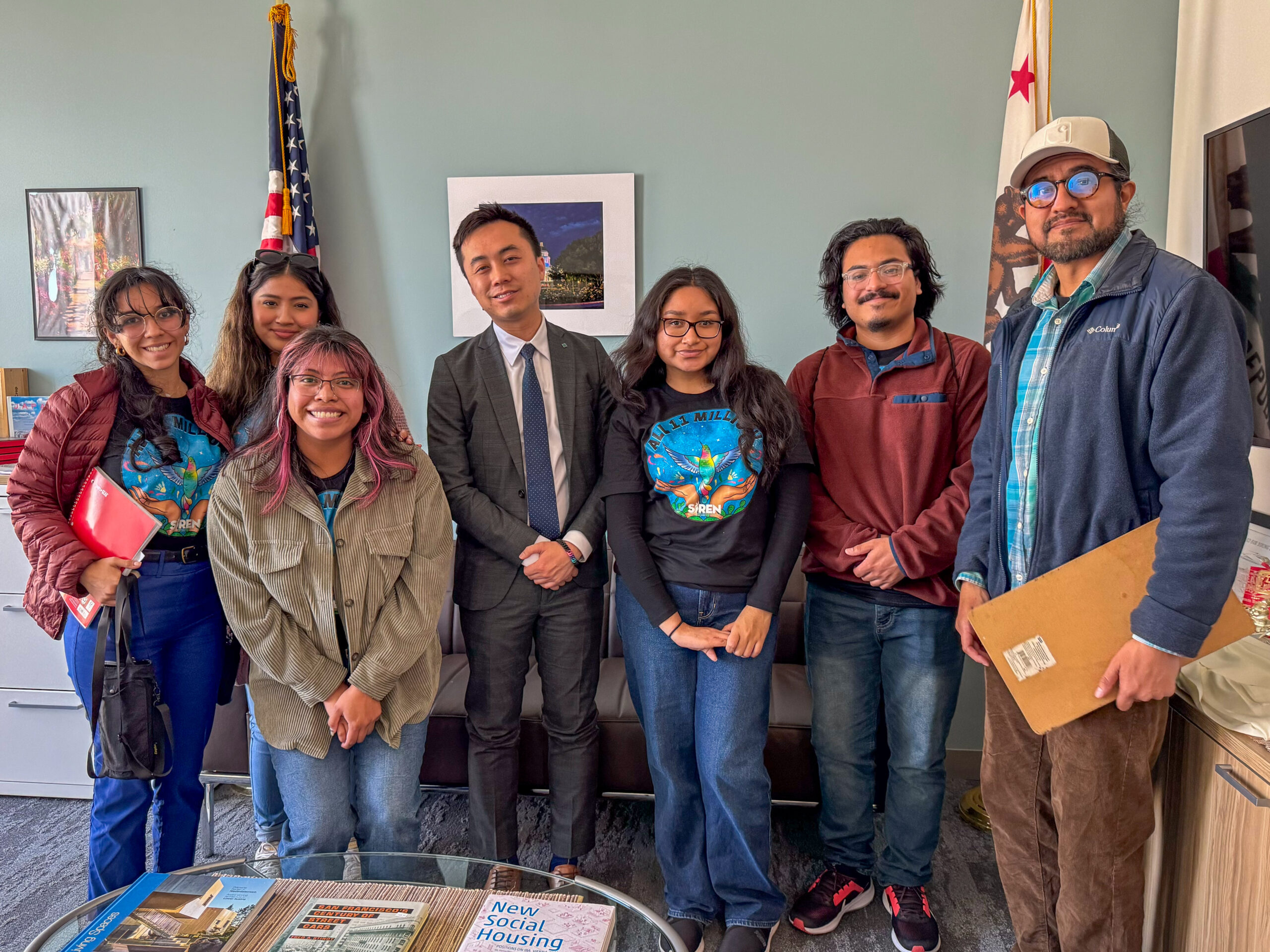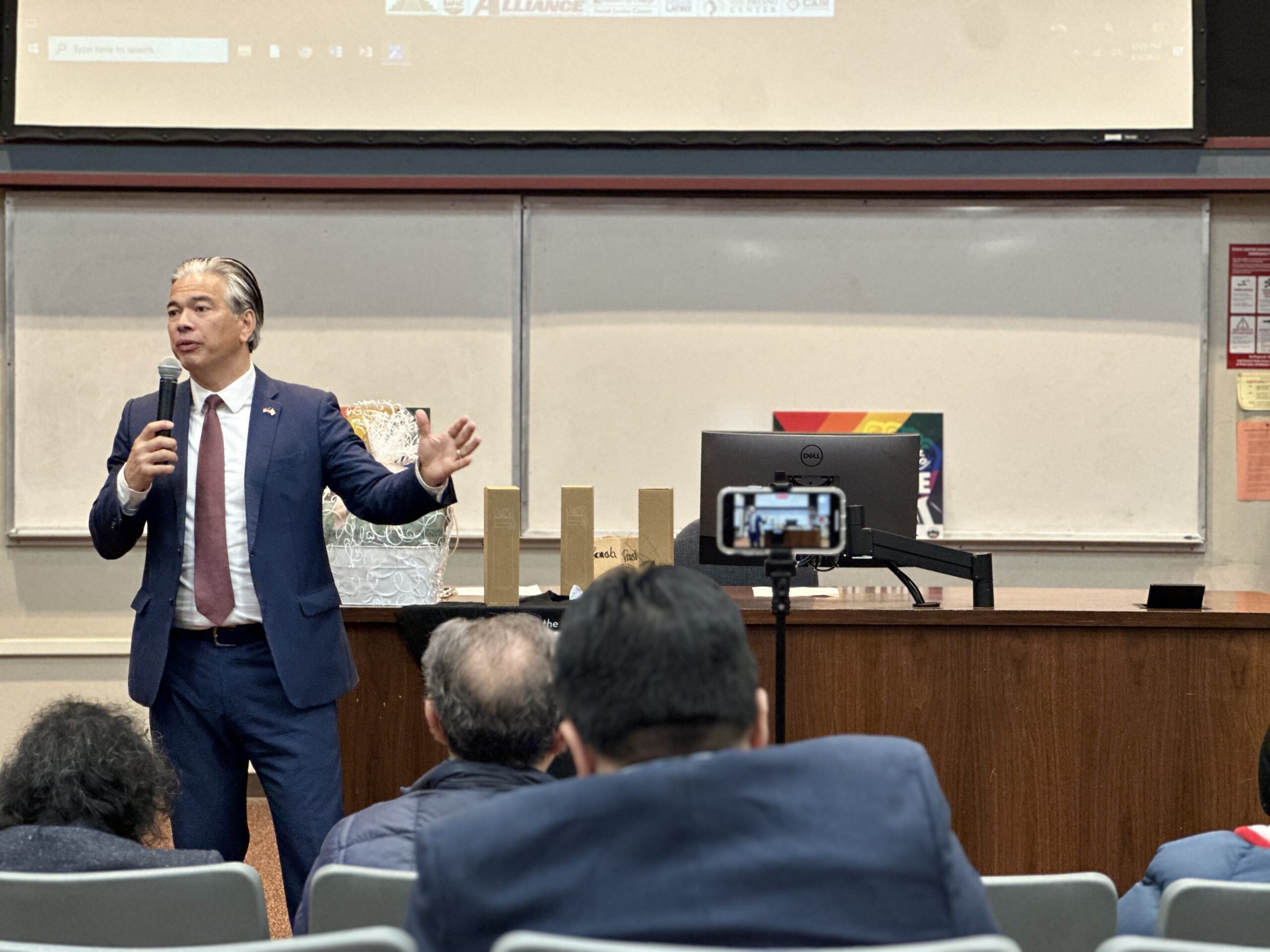
#SchoolsNotPrisons is a music and arts tour designed to partner with communities throughout California that have been disproportionately impacted by incarceration and other forms of unjust punishment. Now approaching the end of its run, the tour has stopped in eight diverse communities where it has highlighted ways residents can help create safer and healthier communities.
In addition to arts and music performances with a social justice focus, the tour stops also provide young people with the chance to meet the artists and performers.
When I first discovered that Kimya Dawson was slotted to perform on the #SchoolsNotPrisons tour I was incredulous. I couldn’t believe that my favorite musician was part of a movement that I was also a part of. It felt surreal.
When I realized this meant that I would have a chance to see my hero live for the first time, I screeched at a pitch that is only audible to Boston Terriers. Despite the fact that I had been a huge fan of Dawson since I first heard her music on the Juno soundtrack when I was 14, I managed to keep my composure when I was offered the opportunity to sit down and have a discussion with her about the importance of #SchoolsNotPrisons.
Yes sir, 100 percent professionalism is the only accurate description of my conversation with Dawson. Through some short and pragmatic questioning, I discovered that her mismatched socks were an important fashion statement, that she enjoys the comfort of pajamas outside of bedtime hours and that she flip flops on the burrito vs. sandwich debate depending on where in the state she is.

We also made sure to discuss the role of the arts in social justice, how she became a part of the #SchoolsNotPrisons tour and how sometimes you’ll spend five years writing a song because it’s just that important.
____
MB: During the roundtable discussion there was certain conversation about the role of artists and performers in social justice. What does that look like?
KD: I think it’s different for everybody. Everyone has different reasons for doing art and music, different goals. My parents always had the, “We’ll take the kids that no one else will take” mentality when it came to daycare. That’s translated into what I do with music. For me activism goes hand in hand with taking care of the kids and the marginalized people that need extra support. One of the ways to do that is to share our platform. I did a festival once that Billy Bragg was playing at and someone shouted, “You’re gonna save the world!” He responded with, “My job’s not to save the world. It’s to inspire you to save the world.”
MB: How’d you get involved with the #SchoolsNotPrisons tour? How has the experience been?
KD: I love it. I got invited by my friend Dream Hampton. She helped with some of the organizing of the tour. She said, “I’m working on this thing … do you want to do it?” I was like you’re working on a thing? Sign me up. Then she said, “We should probably tell you what it is, huh?” Then they told me and I said I’ll do all the dates. Then they said, “Uhhh … well we have a lot of people. There’s not room on the bill at every date.” So I got on a few.
MB: Do you find that the goal of #SchoolsNotPrisons is in line with what you do with your music?
KD: My family’s house was a daycare center when I was growing up. I worked in day camp for ten years and I worked in elementary schools. I worked with kids my whole life until I started touring. You develop these relationships with kids and you can’t just split. I connect with young people through my music and having all ages shows. Stuff like [#SchoolsNotPrisons] always feels perfect to me because it crosses issues around education with music and the arts.
MB: That last song you played, “At the Seams,” was so powerful. What was the process of developing that song and why did you decide to play it here?
KD: Yeah, I spent five years writing that song. Dream, my friend who invited me to do these shows … she and I were hanging out in Detroit together at a show when Troy Davis was executed. Around that time, I was thinking about that, and stop and frisk. I’m from New York [and] that was a huge thing. I started piecing all these words together about all these feelings and all these issues and stuff just kept happening. So the song just kept evolving and I spent five years being haunted by all of these stories and finally I was just like, “It’s not ending! I have to stop writing.” It felt like a big part of it is about police brutality, incarceration, and changing the system so I had to play it here.
____

Kimya Dawson’s performance captivated me more than I thought it would. I found myself singing along to familiar songs with whispers that sounded louder than anything in the room and shouts that were inaudible to everyone, except myself. When I saw Dawson rest her guitar and close her eyes on stage for her final performance, I knew that I was in for something extraordinary. At the Seams was a powerful reminder of the state of our work when it comes to liberation and I encourage you to take a listen and think about how we can build a future for all of us.



